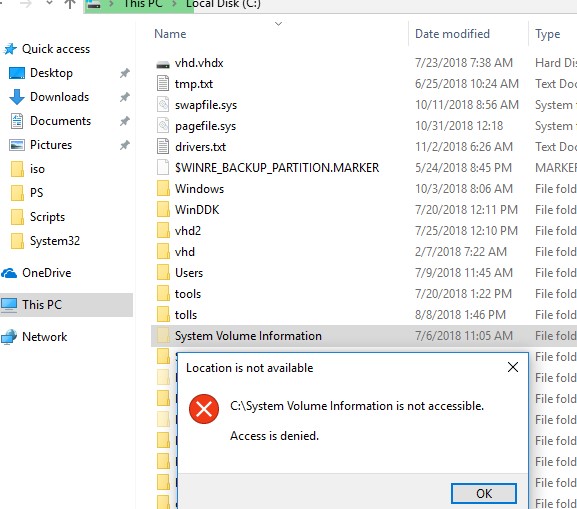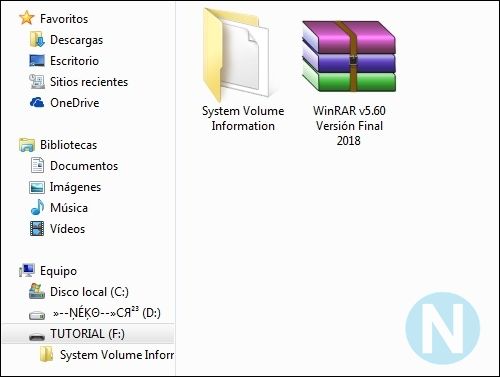

While a wholesale deletion may not harm the system, it is safer (and probably just as effective) to just delete all restore points. Restore points are far and away the largest use of System Volume Information. These catalogs are referenced when you click the 'previous versions' tab in the Properties of a file, some previous versions may be restored from those backups. If you've ever run Backup & Restore (Windows 7), either to back up files or to make a system image, then there are catalog files for these backups. That may be worth keeping for future reference (as text files they're not using much space, a few KB each). One of them is a log of every Chkdsk that you have run at boot on this drive. There's more in there besides system restore points though. Turn On or Off System Protection for Drives in Windows 10 You can set this to a lower value.Ĭhange System Protection Max Storage Size for Drive in Windows 10 That is managed by Windows, but the default maximum size is quite generous.

The main use of System Volume Information is to hold your System Restore Points.

You can prevent the system from creating restore points in your Pen drive by following these steps: Type system restore in the search bar and select Create a restore point. I wonder how this directory is managed and why it can get so large? Shouldn't Windows take care to keep it a reasonable size? The System Volume Information folder is a hidden system folder that the System Restore tool uses to store its information and restore points. I don't want to loose any data on my C drive. My Sys Vol Info directory is 26 GB now and I see lots of the files are over a year old.


 0 kommentar(er)
0 kommentar(er)
